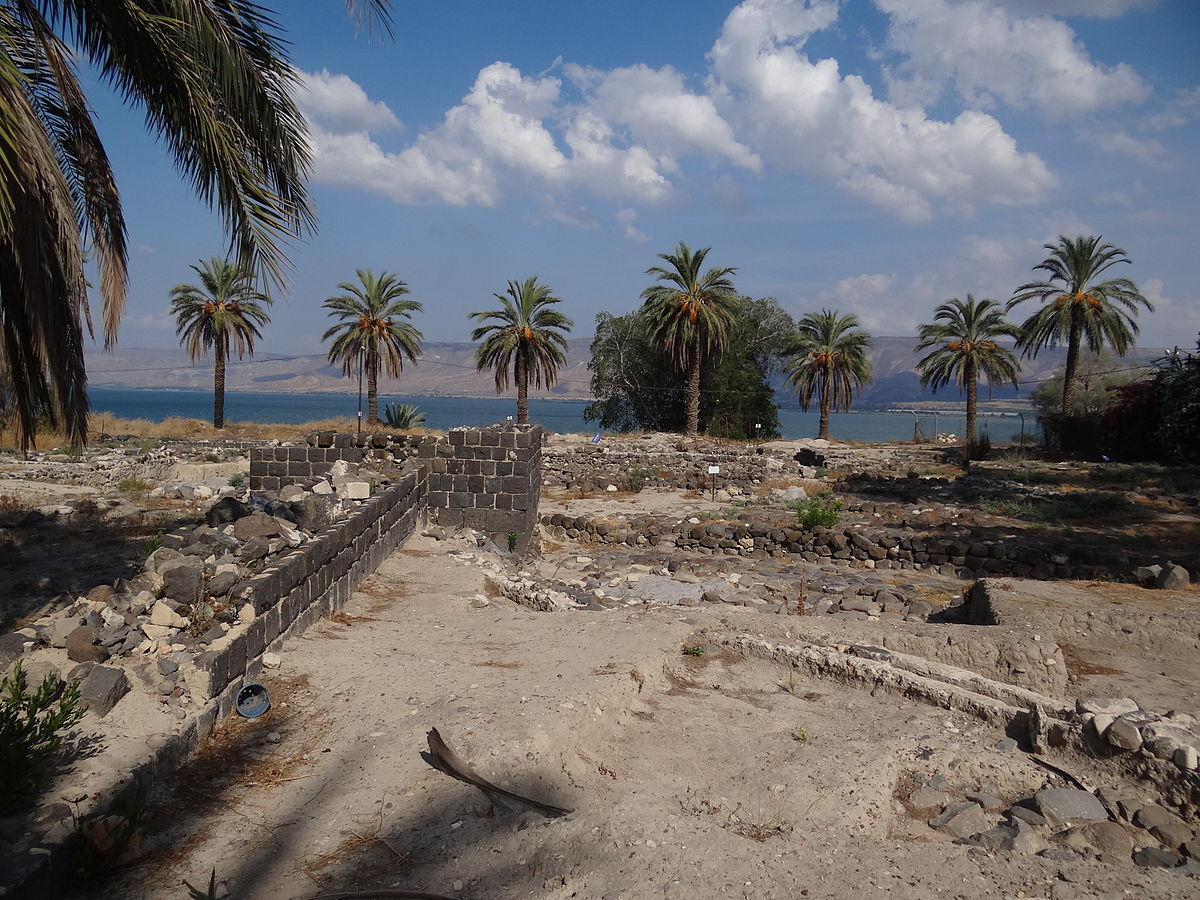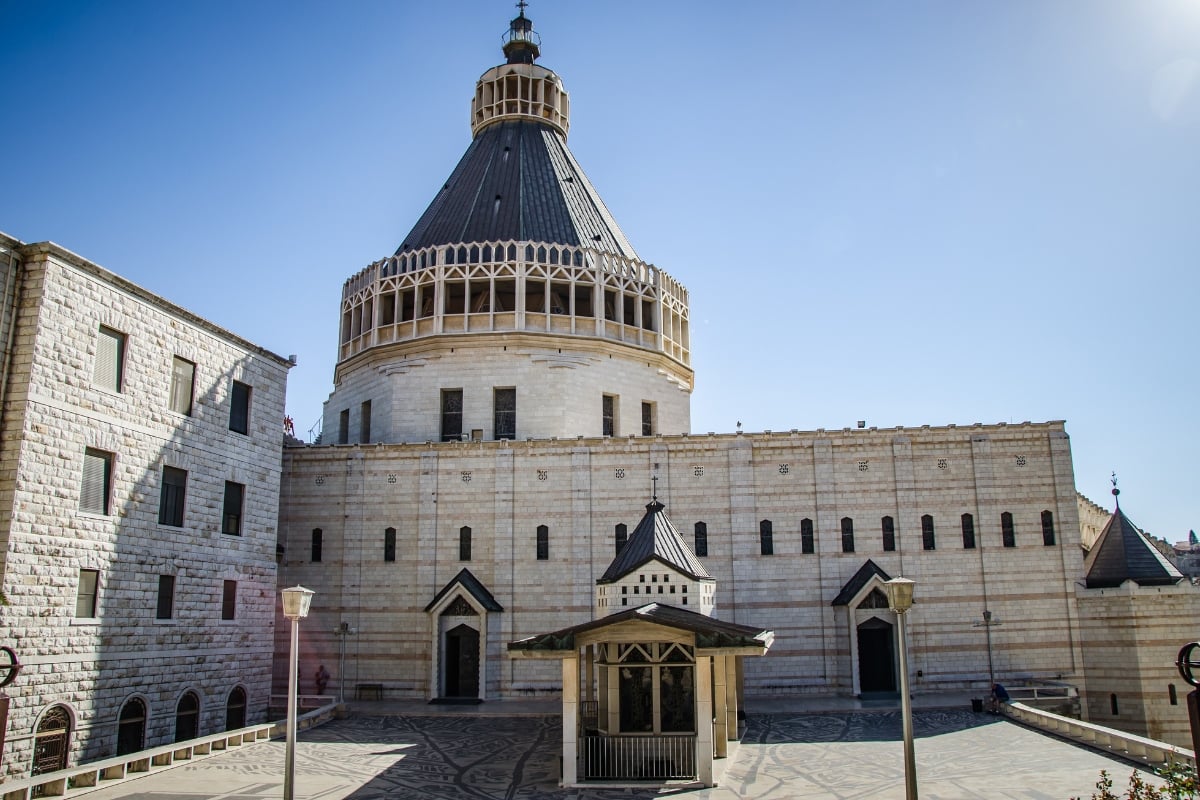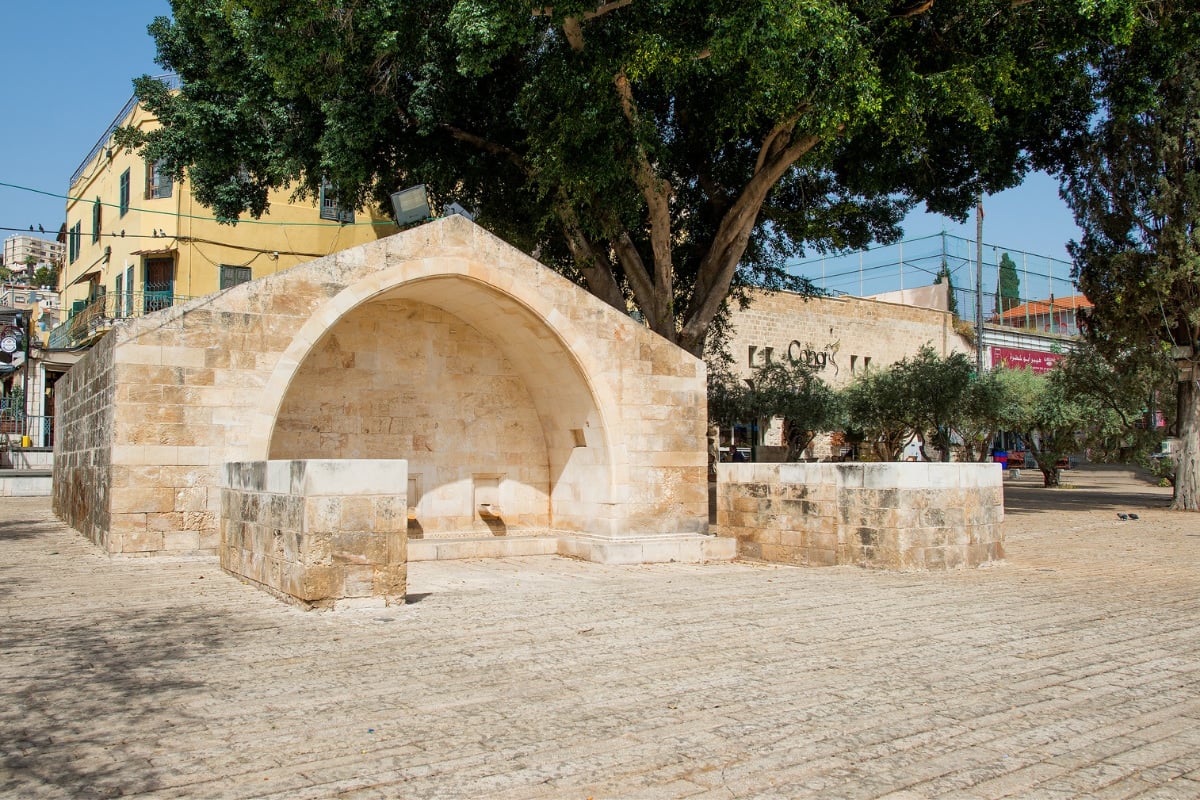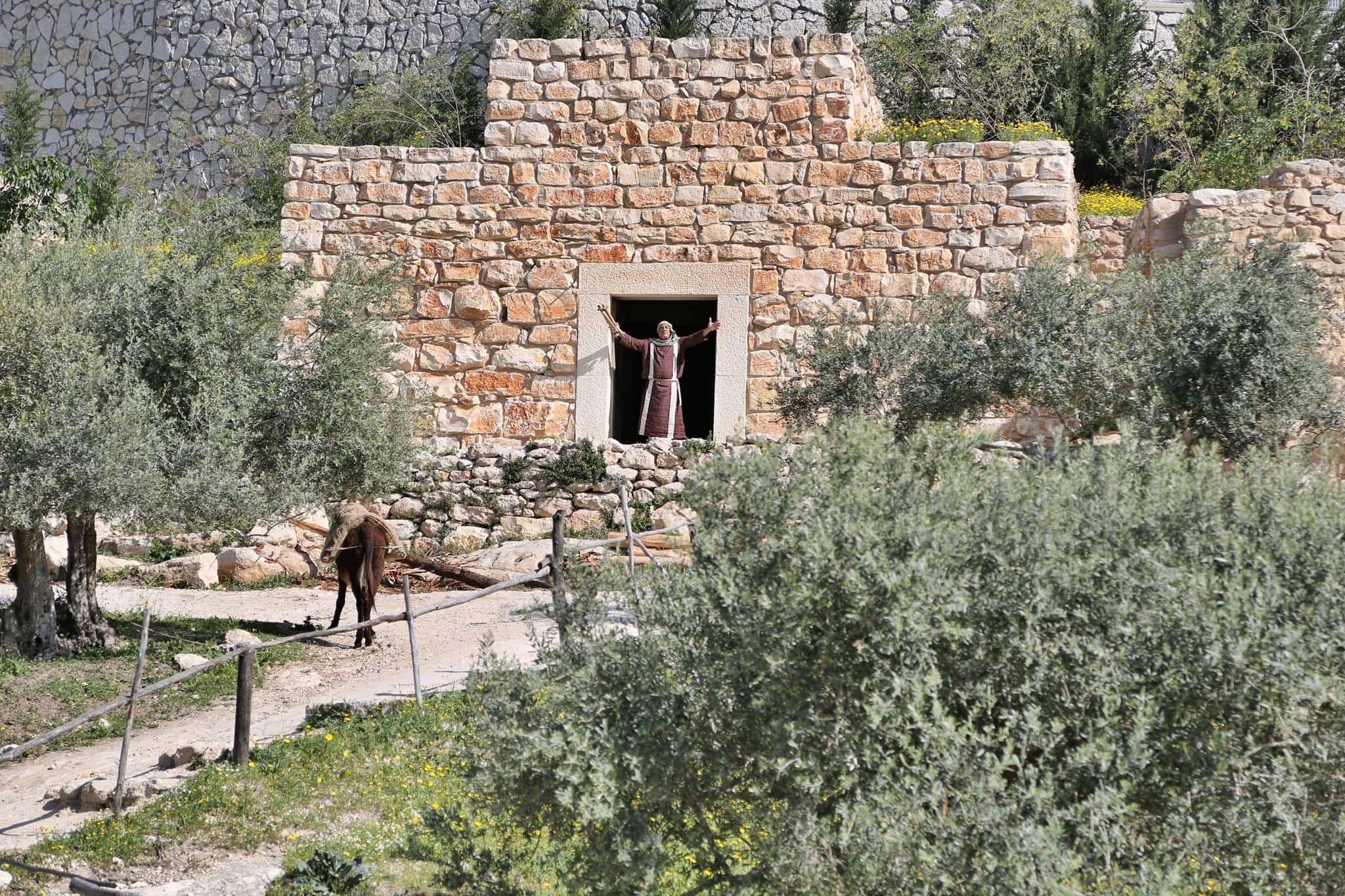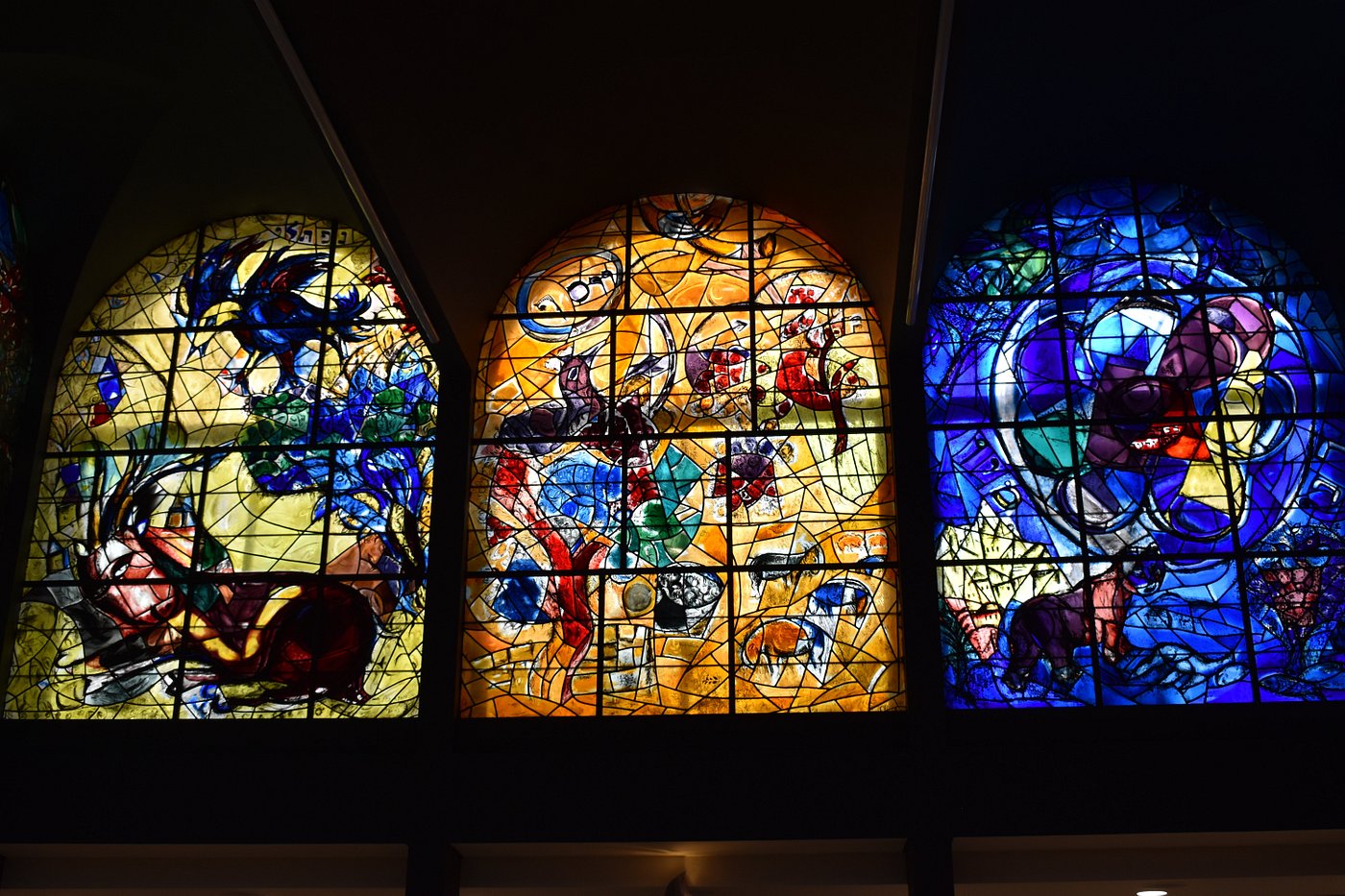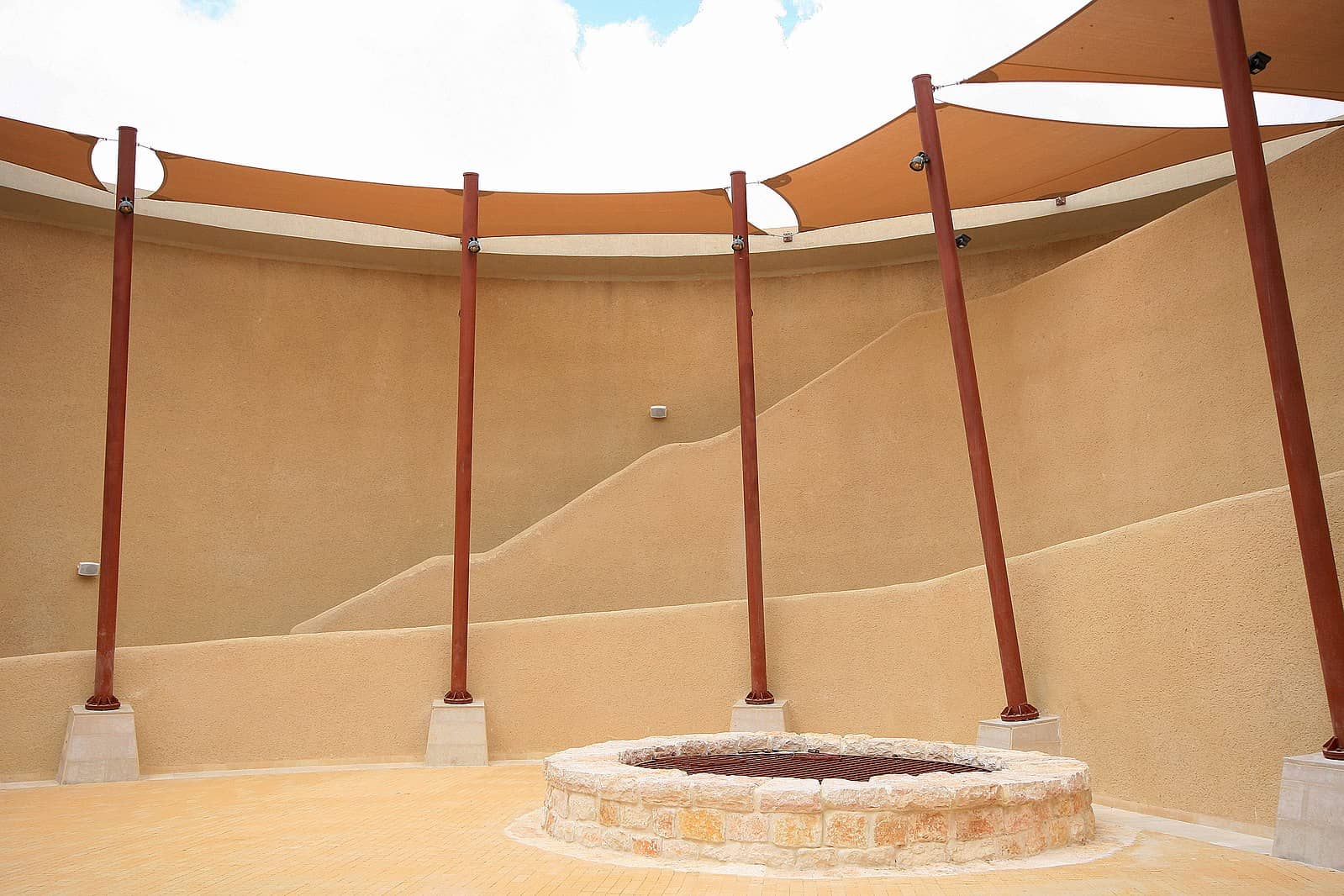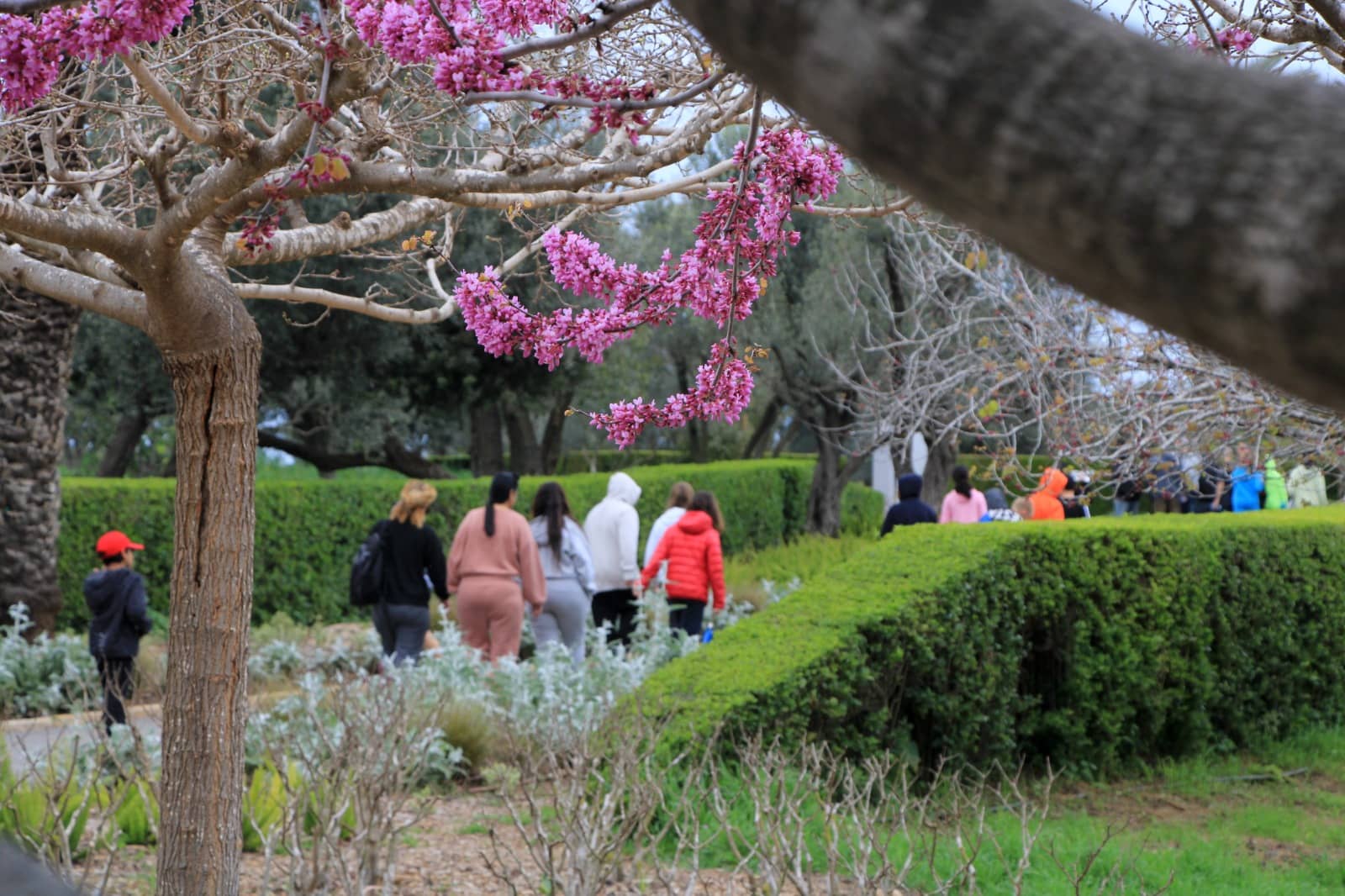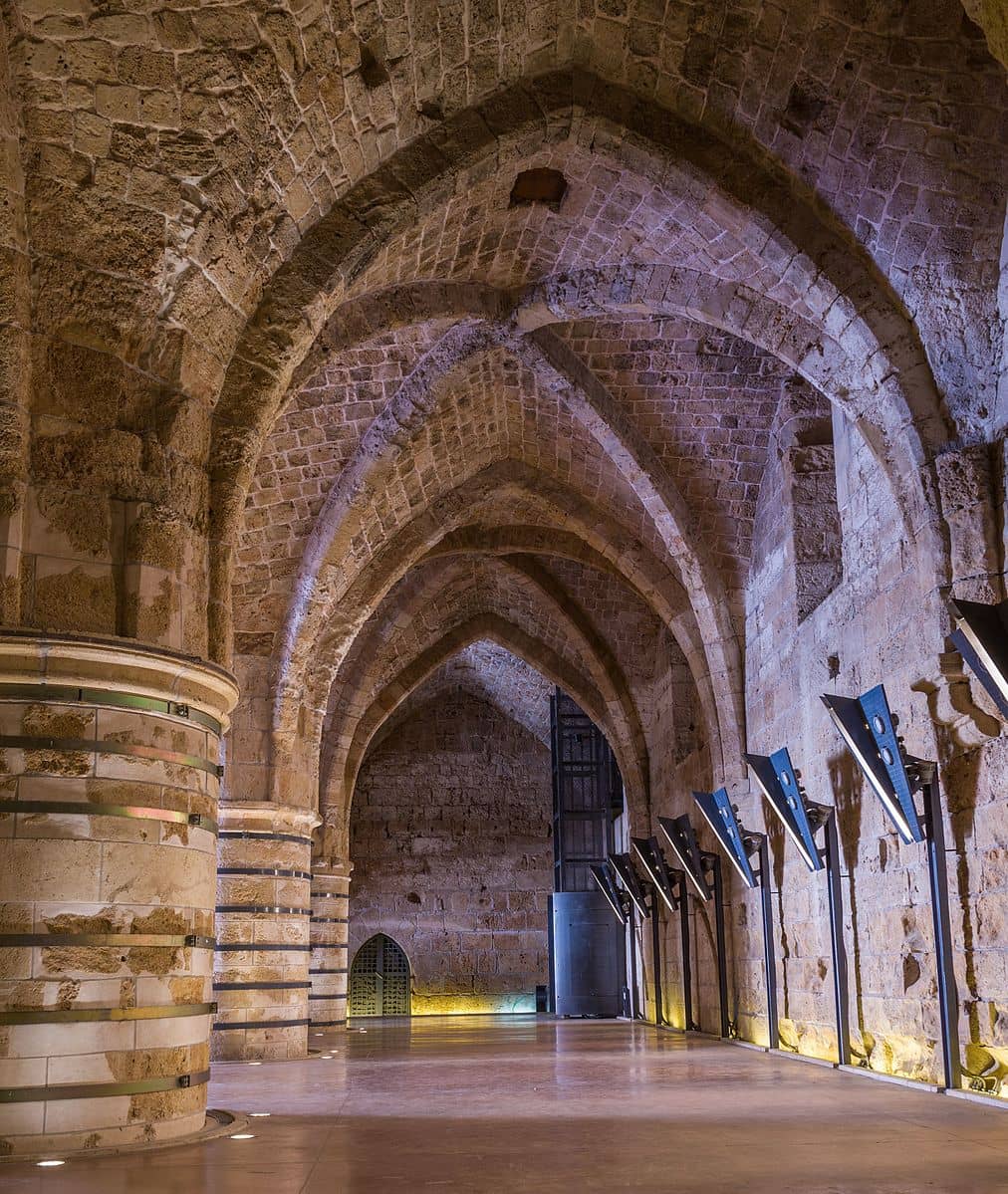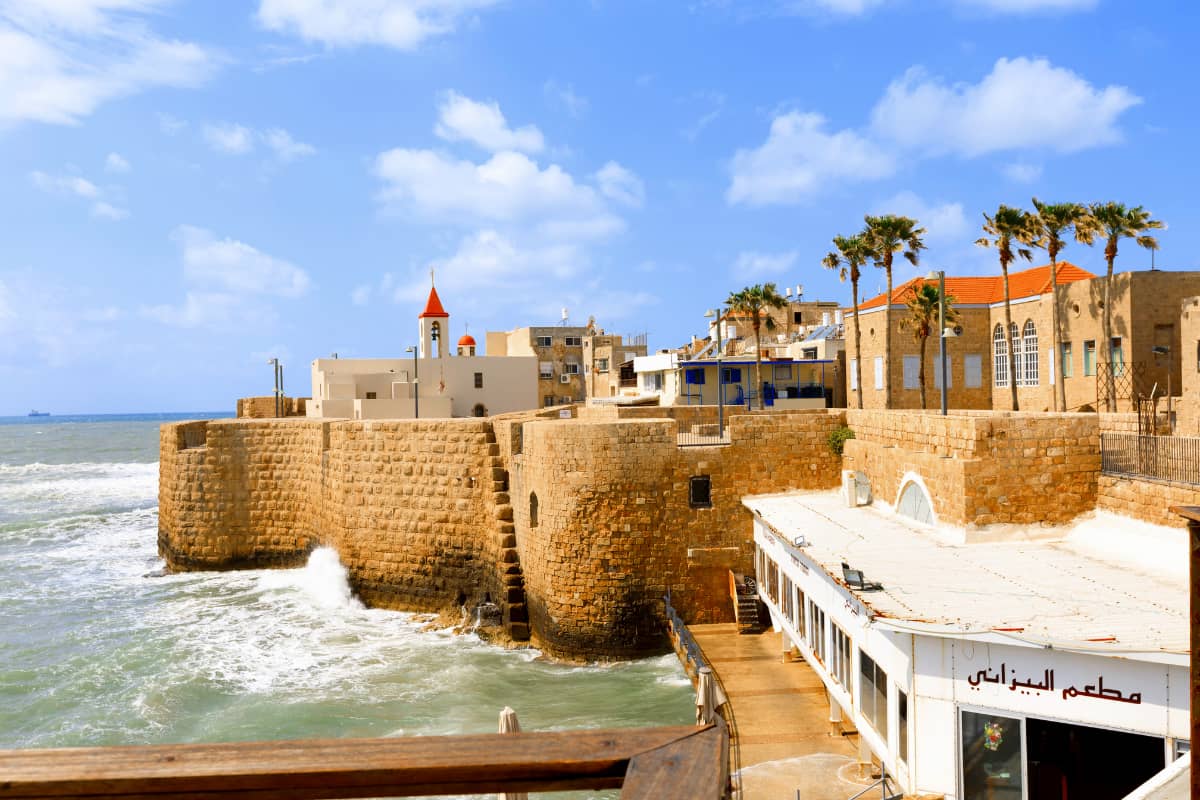At the southern end of Mount Carmel, between Zikhron Ya’akov and Binyamina, lies Ramat Hanadiv – Gardens and Nature Park – over an area of about 450 hectares, dedicated to the memory of Baron Edmond de Rothschild. At the heart of the Memorial Gardens buried the Baron and his wife. The contrast between the meticulous Gardens and the Mediterranean Nature Park around them, is one of the wonderers of Ramat Handiv.
Far beyond its value as a geographical site, Ramat Hanadiv plays a leading role in the management of natural and cultural resources based on sustainable interactions between man, nature and the environment, and encourages understanding and appreciation of this ideal. To fulfil this mission, we invest great effort in innovative management, scientific research, environmental education, and inherent link between humanity and the environment, particularly as it concerns communities.
The Memorial Gardens invite the guests into a place of rare tranquility. Visitors may stroll the pathways among the exquisitely landscaped gardens and breathe their fragrance throughout the year. A gracious combination of European formality and Mediterranean-style vegetation, the Gardens reflect the Baron de Rothschild’s legacy of dignity and modesty. Along the paths visitors can view the Nature Park and its characteristic Mediterranean scenery.
You are invited to enjoy the rich range of activities that take place in Ramat Hanadiv: to find out the story of “The known Benefactor”‘, to stroll among the flowers in the Memorial Gardens; or to take a walk out to the Nature Park, where the past reflected in the archeological sites, the present shown in the flora and fauna, and the future realize according to the vision of Ramat Hanadiv
Ramat Hanadiv is a living memorial to Baron Edmond de Rothschild, operating for the benefit of the Israeli public as a whole and for generations to come.Ramat Hanadiv plays a leading role in the management of natural and cultural resources based on sustainable interactions between man, nature and the environment, and encourages understanding and appreciation of this ideal.
Yitzar Hirschfeld has carried out archaeological digs in Ramat Hanadiv over a period of 14 years. The excavations at Horvat ‘Aqav and Horvat Eleq, has unearthed remains from three periods: a small Phoenician shrine, a Herodian estate manor and a Byzantine period villa. It has been hypothesized that there was a spread of malarial mosquitoes in Ramat Hanadiv during the late Byzantine period.
